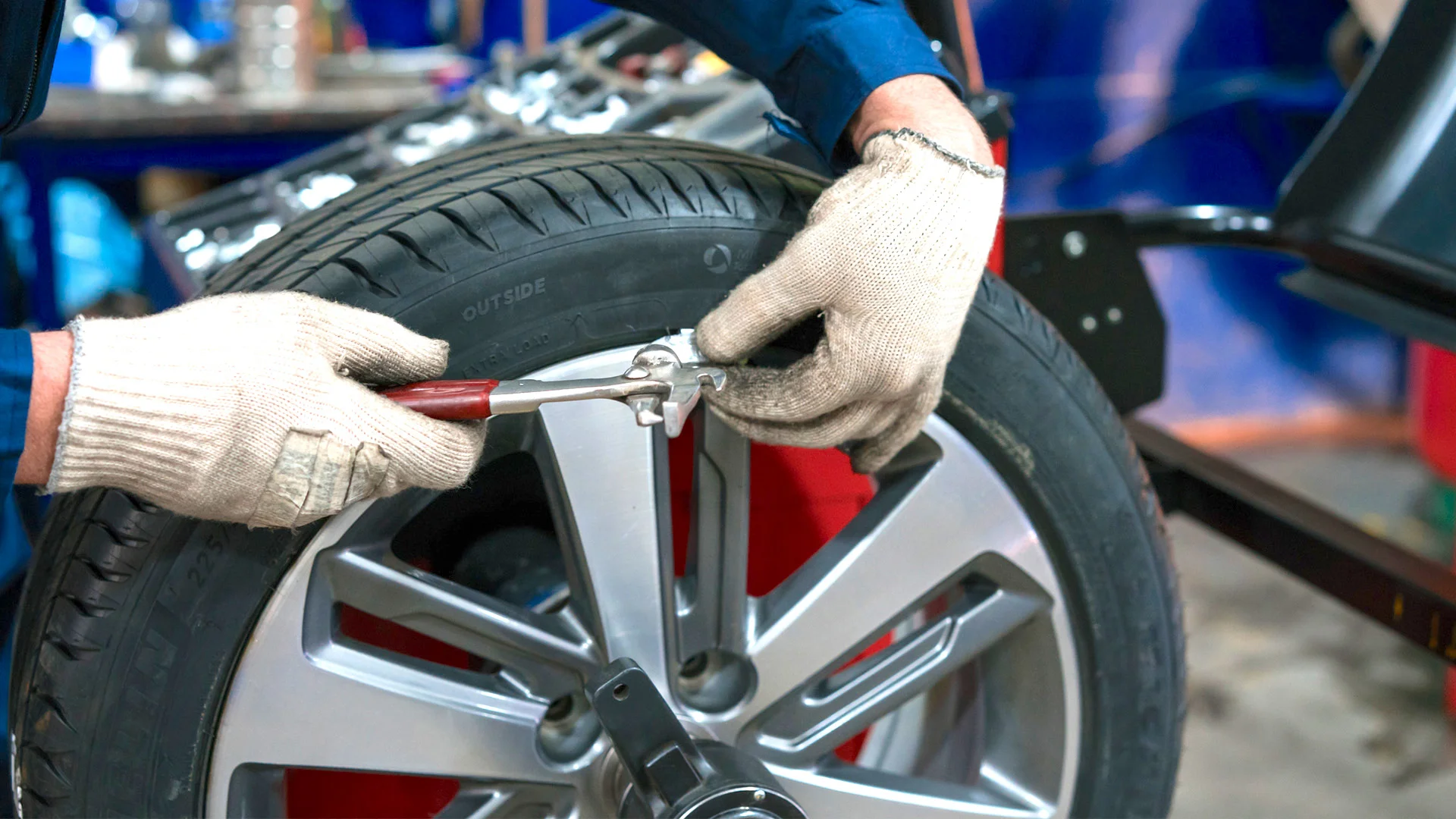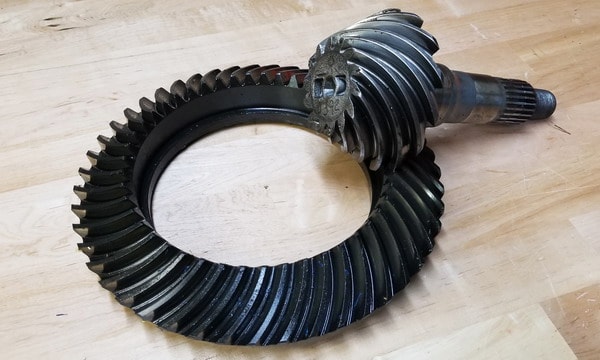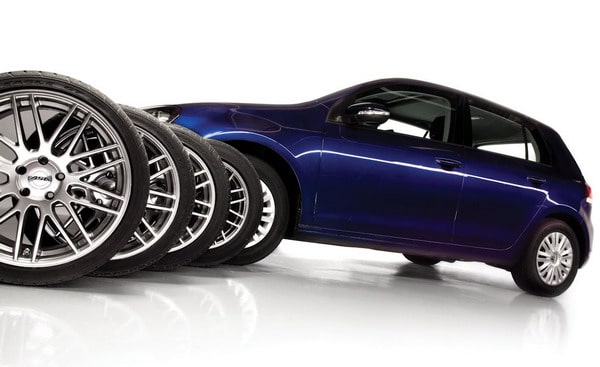Wheel weights
Last Updated on February 1, 2024 by Mutiara
When it comes to the performance and safety of your vehicle, many factors play a crucial role, and one often overlooked component is the humble wheel weight. These small, inconspicuous metal pieces attached to your wheels serve a significant purpose in ensuring a smooth and balanced ride. In this blog post, we will dive into the world of wheel weights, exploring their importance, types, and the impact they have on your driving experience.
The Basics of Wheel Weights:
Wheel weights are counterweights attached to the rims of a vehicle’s wheels to balance them. They are designed to offset any imbalance caused by variations in the tire, rim, or even brake components. The goal is to distribute the weight evenly, preventing vibrations, uneven tire wear, and improving overall vehicle stability.
Types of Wheel Weights:
Clip-On Wheel Weights:
These are the most common type of wheel weights and are attached to the rim’s flange using clips. They come in various sizes and materials, such as lead and steel.
Clip-on wheel weights are known for their ease of installation and compatibility with a wide range of wheel styles.
Adhesive Wheel Weights:
Adhesive wheel weights, also known as tape weights, use a strong adhesive to attach directly to the wheel’s surface. They are popular for alloy wheels and offer a cleaner, more streamlined appearance.
The adhesive weights are often made of zinc or steel and are available in pre-cut strips for easy application.
Stick-On Wheel Weights:
Similar to adhesive weights, stick-on wheel weights are applied to the inside of the wheel. They are particularly useful for balancing wheels with intricate designs or limited access.
These weights are often used in conjunction with adhesive weights for optimal balance.
Importance of Proper Wheel Balancing:
Reduced Vibrations: Balanced wheels ensure a smoother and more comfortable ride by minimizing vibrations that can be felt through the steering wheel and vehicle chassis.
Extended Tire Life: Properly balanced wheels lead to even tire wear, preventing premature wear on certain areas and increasing the overall lifespan of your tires.
Improved Fuel Efficiency: Balancing your wheels can enhance fuel efficiency by reducing the rolling resistance, allowing for a more efficient transfer of power from the engine to the road.
The Environmental Aspect:
Lead-Free Options: Traditionally, wheel weights were made of lead, but due to environmental concerns, many manufacturers have shifted to lead-free alternatives such as steel, zinc, or composite materials.
Recycling Initiatives: Responsible disposal and recycling of wheel weights contribute to environmental sustainability. Many tire and automotive service centers have implemented recycling programs to ensure the proper handling of these materials.
Conclusion: In the grand scheme of your vehicle’s components, wheel weights may seem small and insignificant. However, their impact on your driving experience, safety, and the environment should not be underestimated. Regularly checking and maintaining proper wheel balance can lead to a more enjoyable, efficient, and environmentally friendly journey on the open road.
| Lists of wheel weights: |
Construction Techniques
Forging (including SSF which is a true forging) results in a murch stronger wheel. The wheel can therefore be made lighter than a cast wheel, while still maintaining superior strength. Multi-piece forged wheels have forged centers and spun rims. Sometimse the rims are spun from forged metal, sometimse they are not. Be sure to ask the wheel manufacturer which technique they use to make their rim sections. A good informative video on how wheels are forged can be found on the centerlinewheels.com site, utilizing spin forging.
Casting can be done in a number of ways. The most prevalent and gravity casting (pour the metal into a mold), vacuum/counter-pressure casting (suck the metal up into a mold) and low-pressure casting.
Relative wheel strength are as follows: 1-piece forged, multi-piece forged, die (high pressure) cast, vacuum cast, low pressure cast, and gravity cast. The strengths are the only relative because weight (or actual mass) affects a wheel’s strength, as does the actual design. Vacuum (counter-pressure) casting is used almost exclusively by BBS for most of their wheels. Revolution wheels are example of low-pressure casting designs. Rotas are one example of rims that frequently break due to manufacturing quality.
Performance
The general rule of thumb is that for every pound of weight that you add in wheel/tire combo, is equivalent to adding 2x that amount of weight anywhere else in the car. This only applies to straight line accelerating and braking. Weight also plays a role in turning (gyroscopic effect) and in handling due to your suspension having to damp all of the road forces. When it comes to wheels and cars, lighter is always better for performance.




